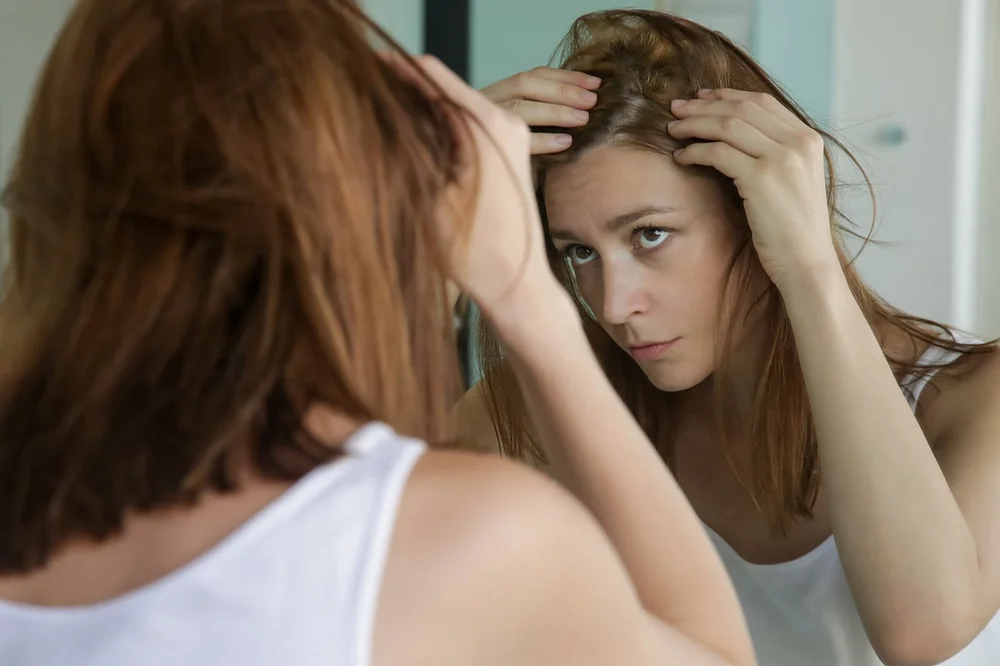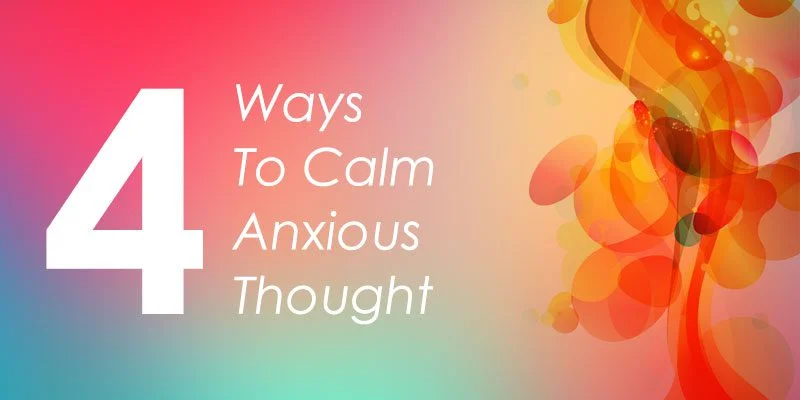Here Are Some of the Best Ways to Reduce Hair Loss
Our bodies are always changing as we age. And just like aging can cause impactful changes to our skin, joints, and bones, it impacts our hair too.
Unfortunately, one of the major unwanted changes that happens with aging is we lose hair.
A healthy head of hair is a sign of youth and vitality, and is often a significant aspect of one’s identity. (There’s a reason the global hair and scalp care market is estimated to be worth more than $80 billion!) As such, hair loss can be very distressing, impacting mental well-being and self-esteem – especially in women, research shows.
On a brighter note, a healthy lifestyle and hair/scalp hygiene, early detection, and treatment can all help to promote healthy hair growth and slow hair loss.
Here’s what you need to know about hair loss and aging.
What Happens to Your Hair As You Age?

Your hair goes through an initial growth phase (anagen) that lasts between 3 and 10 years. Then it enters a transitional phase (catagen) that lasts 2 to 3 weeks when growth stops. Finally, it enters a 3- to 4-month resting phase (telogen) when hair is shed from the scalp. Then it repeats.
When shedding outpaces growth, the result is hair loss (also called alopecia). Most everyone experiences some hair loss with aging, to varying degrees, as many hair follicles stop producing new hairs over time.
One study that followed hair loss in adult men, both with and without signs of balding for a period of 8 to 14 years, observed a natural succession of changes.
In general, they observed a shortened duration of hair growth and reduced diameter of hair shafts, as well as a prolonged interval between the shedding of a hair and the emergence of a replacement hair.
Thus, the rate of hair growth typically slows with age and hair strands may become smaller and finer and more susceptible to damage, breakage, and loss.
When the hair is lost, some follicles don’t regenerate new ones causing thinning and balding.
When combined with genetic influences and hormonal changes, aging can cause greater damage to follicles and more pronounced hair loss in both men and women.
Lifestyle factors can catch up with us as we age and may cause greater hair loss in some people.
We lose hair on our bodies and faces too. Women’s remaining facial hair tends to get coarser, especially on the chin and around the lips. Men tend to grow longer and coarser nose, eyebrow, and ear hair.
Types of Age-Related Hair Loss
Androgenetic alopecia (AGA), commonly called male-pattern baldness or female-pattern baldness when it affects women, is the most common form of age-related hair loss.
AGA results from a genetic predisposition that makes the hair follicles sensitive to male hormones (androgens) found in both men and women, which leads to follicles producing thinner hair and then no hair at all.
AGA occurs gradually, in patterns specific to men and women, and affects up to 80% of men and 50% of women during their life, with an increasing prevalence according to age. It can happen any time after puberty.
Early signs of male-pattern baldness can typically be noticed by age 30, but they can be earlier in the late teens or early 20s. They include:
- Hair thinning or loss on the crown of the head
- Hair thinning or loss near the temples
- Receding hairline
Women tend to keep their hair longer. Visible signs of female-pattern baldness often occur when there are dramatic hormonal fluctuations during menopause. They typically include:
- Thinning on the top of the head on the part line
- Diffuse thinning branching out from the part line
- Balding at the crown
Senescent alopecia, also known as late-onset alopecia, typically develops over the age of 50 in men and women. Like with AGA, it involves a decrease in the number of follicles and hair diameter, but it occurs in individuals with no history of family balding. Due to these similarities, it’s sometimes considered a sub-type of AGA.
Lifestyle Factors and Age-Related Hair Loss
A number of habitual lifestyle activities can cause oxidative stress, degradation of your hair, and eventual hair loss too. Examples include repeated sun exposure, chemical hair treatments, use of heated styling tools, and wearing of hair styles that pull at your hair.
Nutritional deficiencies in certain key nutrients and minerals can lead to hair loss over time.
Other lifestyle factors such as untreated skin conditions, hormonal imbalances (i.e. thyroid), steroid use, and being overweight can all lead to hair loss as you age.
What You Can Do to Reduce Hair Loss
Here are tips to promote healthy hair and minimize hair loss as you grow older:
- Wash your hair less frequently (about twice a week) as over-washing can cause your hair to become dry and brittle.
- Use quality hair products (recommended by a hair professional) to volumize and condition your hair.
- Only style your hair on special occasions. Use a quick-dry towel instead of a blow-dryer.
- Eat a brain healthy diet that includes lean protein, loads of vegetables and fruits (with anti-aging antioxidants), fermented vegetables and fiber (for gut health), healthy fats, and minerals such as biotin, iron, zinc, and more.
- Don’t smoke. It can damage hair follicles.
- Keep stress in check with meditation, exercise, and time in nature.
Of course, there are medications and treatments available for hair loss. Consult your medical doctor or dermatologist to learn more about treatment options.
Beware Unusual Hair Loss
While hair loss is a normal part of aging, unusual hair loss isn’t. If you experience sudden hair loss of any kind or receding hair if you’re a woman, it’s important you see a medical doctor as soon as possible.
At BrainMD, we’re dedicated to providing the highest purity nutrients to improve your physical health and overall well-being. For more information about our full list of brain healthy supplements, please visit us at BrainMD.
- What Are the 7 Healing Frequencies and Benefits of Sound Healing? - April 26, 2024
- Here Are Some of the Best Tension Release Exercises to Help You Feel Your Best! - April 17, 2024
- Foodscaping: How to Grow Healthy Foods In Your Own Garden! - April 12, 2024



